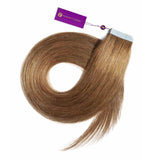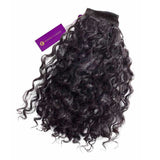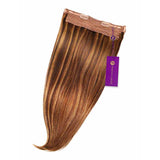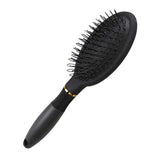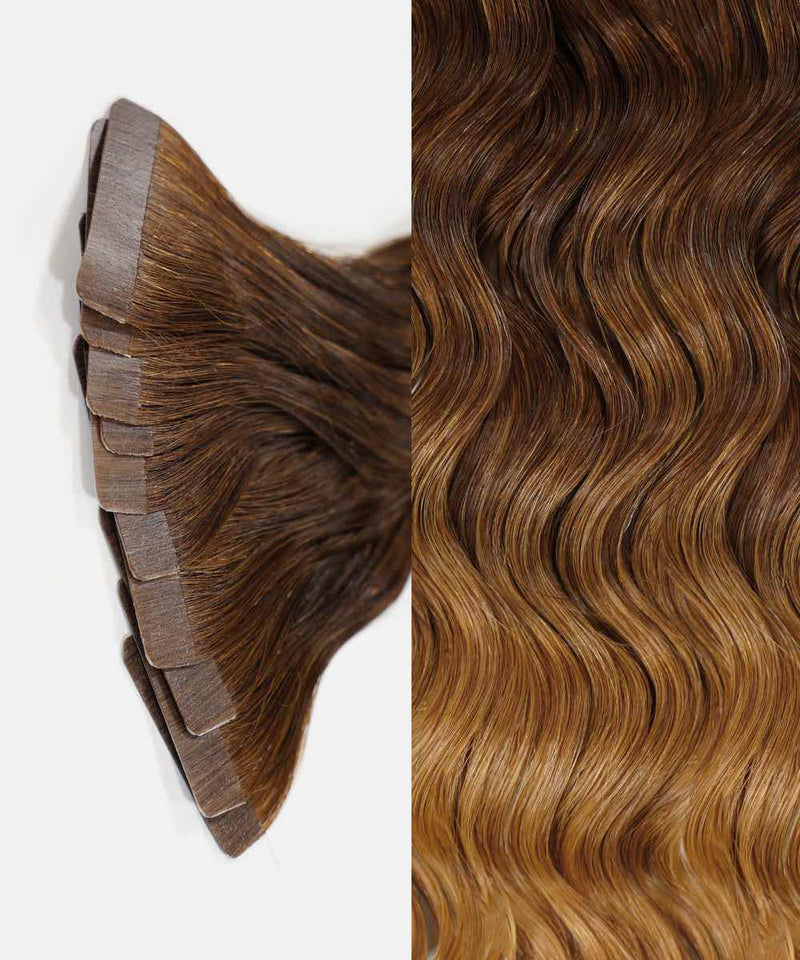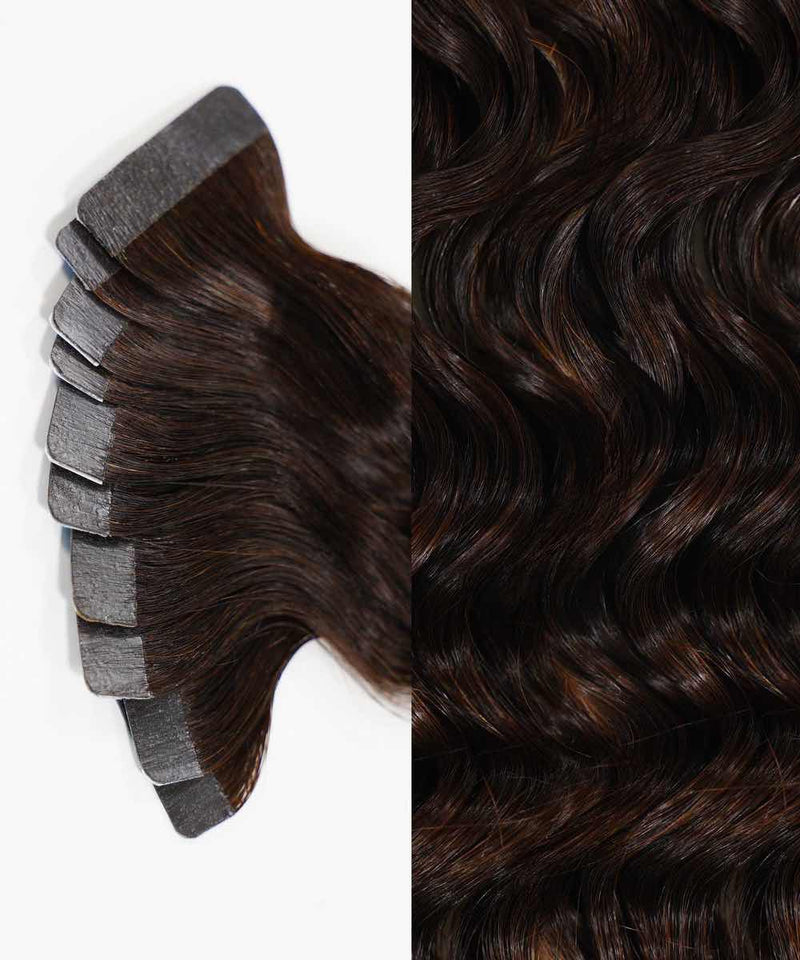Hair extensions have become a popular and versatile way for individuals to enhance their hair's volume, length, and overall appearance. Whether you are a first-time user or have experience with extensions, choosing the right hair extension method can be overwhelming. With a variety of styles, methods, and terms to choose from, it's important to have a solid understanding of what hair extensions are and what to expect.
The purpose of this article is to provide answers to frequently asked questions about hair extensions. We aim to help you make an informed decision and provide you with a comprehensive understanding of this popular beauty accessory. From explaining what hair extensions are, to providing tips for maintenance and removal, we will cover all the basics you need to know to get started with your hair extension journey.
What are Hair Extensions?
Hair extensions are pieces of hair, often made from human hair, animal hair or synthetic fibers, that are attached to one's own hair to add length, volume or color. They are a popular solution for individuals seeking to enhance their hair without undergoing any chemical treatments or cutting their hair.
There are three types of hair used for extensions: human hair, animal hair and synthetic fibers. Human hair extensions are considered the most natural-looking and versatile, but they are also the most expensive. Animal hair extensions are less common and usually used for specialty styles. Synthetic hair extensions are a budget-friendly option but may not last as long as human hair extensions and can be more difficult to style.
Wearing hair extensions offers several benefits, including the ability to change one's hairstyle or color without damaging their natural hair. They also provide an instant boost in length and volume, and can be used to experiment with different hairstyles without committing to a permanent change.
There are several methods of applying hair extensions, including tape-in extensions, clip-in extensions, sew-in extensions, and fusion extensions. Each method has its own set of pros and cons, and it is important to choose the right method based on one's individual needs and hair type. A professional stylist can help determine the best method for each individual.
Frequently Asked Questions About Hair Extensions
How are Extensions Applied?
Tape-In Extensions
Tape-in hair extensions are a popular and affordable method of adding length and volume to your hair. These extensions are applied by placing a small strip of tape between your natural hair and the extensions, hence the name "tape-in." The extensions are made from high-quality human hair and are available in a wide range of colors, textures, and lengths.
To apply tape-in extensions, your stylist will begin by separating your hair into small sections and cleaning the roots of your natural hair. The tape-in extension is then placed on top of your natural hair, with the tape sandwiching your hair between the extension and your scalp. The extensions are then smoothed down and blended into your natural hair.

Clip-In Extensions
Clip-in extensions are a popular and versatile option for those who want to add length, volume, or color to their hair. Unlike tape-in extensions, clip-ins are not attached to your natural hair with adhesive. Instead, they come in individual pieces that are attached to your hair with small clips. This allows you to easily apply and remove them whenever you want, making clip-ins a great choice for people who want the flexibility of being able to change up their look on a whim.
To apply clip-in extensions, start by sectioning off the top layer of your hair and clipping it up so that it's out of the way. Next, take the first clip-in piece and locate the weft, or the piece of hair that is attached to the clip. Line up the weft with your hairline and attach the clip, ensuring that it's secure. Repeat this process with each of the other clip-in pieces, working from the back of your head to the front. You can vary the placement of the extensions to create a more natural look, or you can concentrate them in specific areas for extra volume.
Sew-In Extensions
Sew-in extensions are a popular method of adding length and volume to your hair without damaging your natural locks. The extensions are woven into your hair using a needle and thread, hence the name "sew-in." This method can be used to add length, volume, and even change the color of your hair.
The application process for sew-in extensions involves braiding your natural hair into cornrows, creating a sturdy base for the extensions to be sewn onto. The braided hair is then covered by a weave net, and the extensions are sewn onto the braids, carefully interweaving the natural hair and the extensions.
Fusion-Extensions
Fusion extensions, also known as keratin or hot bond extensions, are applied by bonding small sections of the extensions to small sections of natural hair. A keratin-based adhesive is used to attach the extension to the natural hair, and the bond is then sealed using heat. The process is repeated until the desired length and volume is achieved. The extensions can last anywhere from three to six months with proper care and maintenance.
How Long Does the Application Take?
The application time for hair extensions can vary, but on average it can take anywhere from two to four hours. The factors that influence the application time are the type of extensions being used, the method of application, the length and thickness of the hair, and the experience of the stylist.
Choosing a professional hairstylist who is experienced in applying extensions can help ensure a smooth and efficient application process, as well as ensuring the extensions are applied properly to avoid any damage to the natural hair.
Can I Wash the Hair and Use Styling Products?
Yes. However, it's important to take proper care of them to ensure they last as long as possible. Washing and styling your extensions can be a bit different than your natural hair.
To maintain the bonds and prevent damage, it's best to avoid over-styling or over-washing your extensions. You should wash them about once a week, or as needed, with a sulfate-free shampoo and conditioner. Avoid using any oils or heavy products near the bonds, as these can weaken the glue or tape. Brush your extensions gently, starting from the tips and working your way up to avoid tangles.
When it comes to styling, there are certain products you should avoid using on your extensions. For example, avoid using heat styling tools, such as flat irons or curling wands, on high heat. It's best to stick to lower heat settings and to use a heat protectant spray. You should also avoid using any heavy, oily or greasy products that could weigh down the extensions and make them look lifeless. Stick to lightweight styling products, such as mousses, sprays, and gels, to keep your extensions looking their best.
Is There Risk of Hair Loss?
Hair extensions that are too tight, too heavy, or not applied correctly can cause traction alopecia, which is a type of hair loss caused by pulling on the hair. However, there are steps you can take to minimize the risk of hair loss when wearing extensions.
First and foremost, it's important to choose the right extension method and hairstylist. You also want to choose a method that will not put too much tension on your hair and scalp, such as sew-in or tape-in extensions. You also want to choose a hairstylist who has experience with extensions and can apply them correctly.
Finally, it's important to follow proper hair care routines and avoid using harsh styling products that could damage your hair and scalp. By taking these steps, you can minimize the risk of hair loss and enjoy all the benefits that hair extensions have to offer.
How Long Does the Extension Last?
The lifespan of hair extensions depends on various factors such as the type of extension, the quality of the hair, and the maintenance routine.
The average lifespan of tape-in extensions is between 6 to 8 weeks, while clip-in extensions can last for several months to a year. Sew-in extensions typically last for about 2 to 3 months, while fusion extensions can last for up to 6 months with proper maintenance.
It is important to remember that the lifespan of extensions can vary greatly based on the individual's hair care routine, lifestyle, and product usage. Regular maintenance and touch-ups with a professional hairstylist can extend the life of the extensions and keep them looking fresh and natural.
How much do hair extensions cost?
The cost of hair extensions can vary greatly depending on factors such as the type of extension, the length, and the quality of the hair. On average, clip-in extensions can cost anywhere from $50 to $200, while sew-in or tape-in extensions can cost $300 to $800 or more. Fusion extensions are usually the most expensive, costing $1000 or more.
How to care for hair extensions after removal?
To care for hair extensions after removal, it is important to brush and wash the hair gently, avoiding any tangles or knots. It is also important to store the extensions properly, such as in a loose braid or in a storage bag, to prevent damage. Regular conditioning and moisturizing treatments can help keep the extensions healthy and looking their best.
Can you color hair extensions?
Yes, you can color hair extensions. However, it is recommended to have a professional hairstylist do it to ensure the extensions are not damaged in the process. When coloring hair extensions, it is important to keep in mind that the extensions may have been treated differently than your natural hair and may have a different level of porosity, so the color may not take as well or could turn out differently than expected.
It is also important to remember that if the extensions are made from synthetic hair, they cannot be colored as they will not accept hair dye. If you have any doubts or questions, it is best to consult with a professional hairstylist to determine the best approach for coloring your hair extensions.
Can you swim with hair extensions?
Swimming with hair extensions is possible, but it is important to take certain precautions to prevent damage to the extensions. Wet hair can cause the bonds to loosen, leading to tangles, matting, and ultimately, hair loss.
To avoid damage, it's best to braid your hair extensions before swimming or wear a swim cap. You should avoid using harsh chemicals, such as chlorine, on your hair extensions. After swimming, it's important to rinse your hair thoroughly and use a leave-in conditioner to restore moisture and prevent tangling.
If you're not careful, swimming with hair extensions can lead to damage, so it's important to take proper care of your extensions before and after getting in the water.
How often should you get hair extensions redone?
The frequency of redoing hair extensions will depend on a number of factors, including the type of extensions you have, the method of application, your hair growth, and your daily routine. For example, tape-in extensions typically last between 4-8 weeks, while sew-in extensions can last anywhere from 6-8 weeks to several months.
Fusion extensions, on the other hand, can last anywhere from 3-6 months, but it is important to note that the bonds may loosen and the extensions may start to slip or move out of place before that time. This is why it is important to have them inspected by a professional every 4-6 weeks to determine if they need to be redone.
When it comes to redoing hair extensions, it is recommended to seek the advice of a professional hairstylist who can assess your individual needs and recommend a course of action. They will be able to determine if it is necessary to remove and reapply your extensions or if they can simply be adjusted to maintain their placement and appearance.
In general, it is recommended to have hair extensions redone every 4-6 weeks to maintain the health of your natural hair and to ensure that the extensions look and feel their best. By keeping up with regular maintenance and following the proper care instructions, you can enjoy the benefits of hair extensions for longer and achieve your desired look.
Can You Sleep with Hair Extensions?
Sleeping with hair extensions is possible, but it is not recommended to do so every night. Sleeping with hair extensions can lead to tangling and matting, which can cause damage to the extensions and your natural hair. When you sleep with hair extensions, it is important to take steps to prevent tangling and damage. You can braid your hair or wrap it in a silk or satin scarf before going to bed to minimize tangling and matting. Never go to bed with wet hair.
You can invest in a special pillowcase made from silk or satin to help prevent damage to your extensions and hair. It is also a good idea to regularly care for your extensions by washing and conditioning them, and using products designed specifically for extensions to keep them looking healthy and vibrant.






Perfect Locks
Perfect Locks Satin-Silk Pillowcase
Gold
Perfect Locks HQ
635 Ygnacio Valley Rd
Walnut Creek CA 94596
United States
Can you use heat tools on hair extensions?
Yes, heat tools can be used on hair extensions, but it's important to be cautious and take certain steps to prevent damage. It's recommended to use heat-protectant sprays or serums before styling to prevent heat damage to the hair. Additionally, it's best to avoid using high heat settings and limit the use of heat tools. Using a lower heat setting and allowing the extensions to air dry whenever possible can also help to maintain the health and longevity of the extensions. It's also important to keep in mind that not all hair extensions are created equal, and some may be more heat-resistant than others. Consulting with a professional hairstylist can provide guidance on the best way to use heat tools with your specific type of hair extensions.
Conclusion
We've covered a wide range of information by answering the common questions about hair extensions in this article. Hair extensions can be a wonderful way to enhance your natural hair and provide you with the length and volume you desire.
By understanding the different types of extensions, methods of application, and proper care and maintenance, you can choose the best option for you and enjoy your new locks for an extended period of time. It's crucial to seek professional advice and ask as many questions as you may have to ensure you make an informed decision about your hair extensions.
Hair extensions can provide you with the confidence and freedom to experiment with new styles and lengths. They can help you achieve the look you desire without the wait time for your natural hair to grow. However, it's essential to consider all of the factors and choose a reputable stylist to ensure your hair extensions last for as long as possible and cause the least amount of damage to your natural hair.
Whether you are looking for a temporary solution or a more permanent change, hair extensions can be a fantastic option for you. Just make sure to do your research and choose the right option for your hair type and lifestyle. With the right care and maintenance, you can enjoy beautiful, long, and luscious locks for an extended period of time.
Shop Ready to Wear
9 Collections

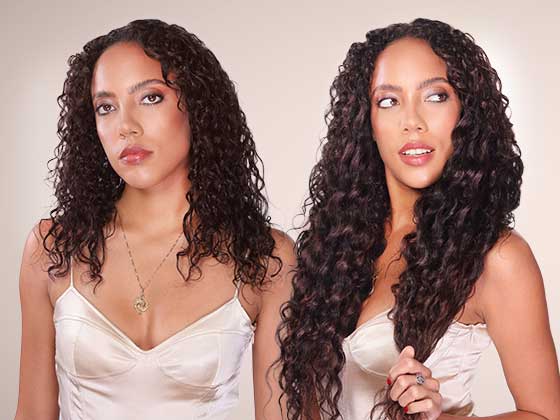
Looking for a Change?
Take Our Hair Extension Quiz
Take our 60 seconds Perfect Match quiz to get the best types of hair extension recommendations for you.
Before & Afters
Transformative Hair
Get inspired by our before and after gallery to see what naturally gorgeous hair extensions can do for you.









